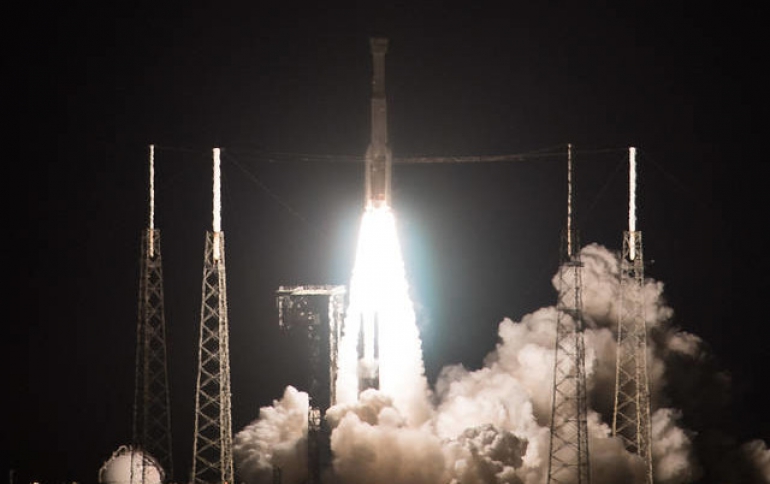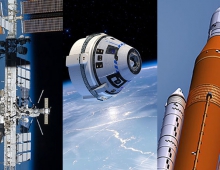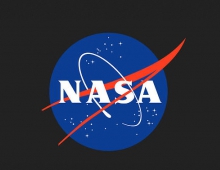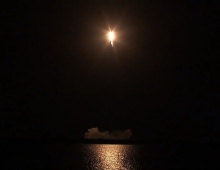
Boeing Starliner Launches But Spacecraft is Out of Orbit
Despite launching successfully at 6:36 a.m. EST Friday on the United Launch Alliance Atlas V rocket from Space Launch Complex 41 at Cape Canaveral Air Force Station in Florida, Boeing’s CST-100 Starliner is not in its planned orbit.
The spacecraft currently is in a stable configuration while flight controllers are troubleshooting, according to NASA. Starliner had an off-nominal insertion. "The guidance and control team is assessing their next maneuver," NASA said.
In a tweet, NASA Administrator Jim Bridenstine said a burn needed for the spacecraft to meet up with the space station “did not happen” and that officials are “working the issue.”
Later, NASA said that the was in an unplanned, but stable orbit, and that the team was assessing what test objectives can be achieved before a safe return of the spacecraft to land in White Sands, New Mexico. At the earliest, that will happen on Sunday, and NASA and Boeing will use the landing to test deorbit and reentry.
Bridenstine said, had astronauts been onboard, they would have likely been able to correct the issue. NASA officials remain optimistic. "Today a lot of things went right, and this is in fact why we test," Bridenstine said.
Boeing officials initially blamed the failure on a timing problem just after the spacecraft separated from its booster. Company officials said Starliner separated from its launcher as planned. An error in a mission elapsed time system was cited as the cause of the failed orbital insertion burn.
Boeing’s other excuse for the failure, at least initially, was lack of communications satellite coverage that prevented controllers from sending a command for the Starliner engine to fire on schedule.
Following the take off, the first engine cut off, the second stage took over, and finally the spacecraft was flying freely. At 31 minutes after launch, the Starliner’s engines were supposed to ignite.
The flight is a key test for Boeing, which has faced criticism in the wake of two crashes of its 737 Max airplanes.
No astronauts were on board Friday, but the spacecraft is carrying a mannequin named “Rosie,” after Rosie the Riveter, and holiday gifts for the astronauts on the station.
Since the space shuttle was retired in 2011, Nasa has been forced to rely on Russia to ferry its astronauts to the space station. In 2014, Boeing and SpaceX won contracts, worth $6.8 billion combined, to build spacecraft designed to fly NASA astronauts there — and restore human spaceflight from U.S. soil.





















